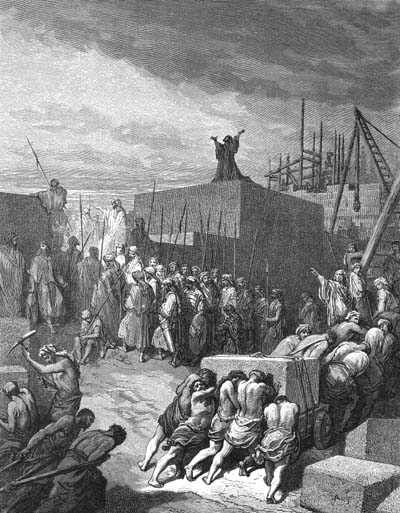Gary N. Knoppers
In the first volume of his extensive study, A History of the Jews and Judaism in the Second Temple Period, Grabbe comments that a number of peculiar problems confront the would-be historian in attempting to write about the Persian period. Among these are the survival of few primary (contemporary) documents, the types of extant written sources, large gaps in the available sources, and the fact that most narrative descriptions written about this era in antiquity are late works in Greek or Latin, presenting events from a Hellenic or Roman perspective. When he later turns to discussing the history of one of Judah ’s neighbors, Samaria



